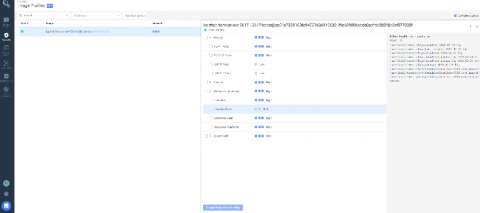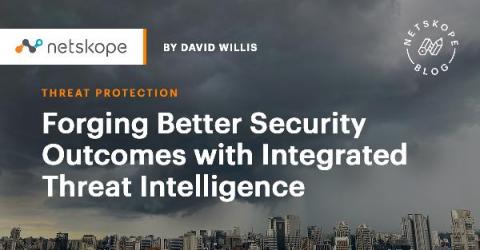Best Practices for FinTech APIs
How many third-party APIs is your application consuming? All modern FinTech companies rely on external APIs to run their business. Take Robinhood for instance: the famous investment application is using the Plaid API to connect to its users’ bank accounts, the Xignite API to get financial data, and the Galileo API to process payments. That is only the beginning. The essential parts of their service could not run without consuming third-party APIs.











